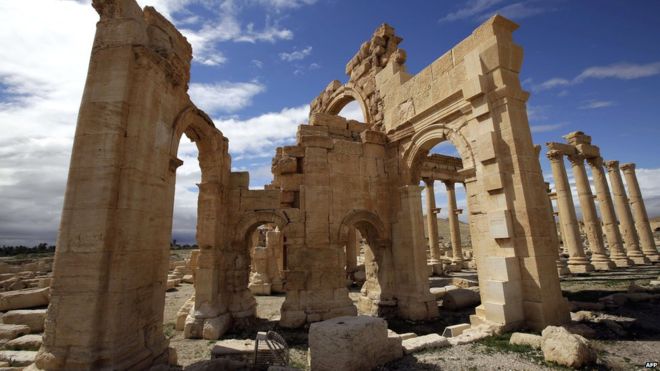"The witch, in order to gain power over a dwelling house, must go
through the house and past the hearth. The door and chimney were the
only means of access, but she could not pass the witch post with its
cross. Hence it was a defence at the hearth... a crooked sixpence
was kept in a hole at the centre of the post. When the butter would not
turn you took a knitting needle, which was kept for the purpose in a
groove at the top, and with it got out the sixpence and put it in the
churn."
- A Dictionary of English Folklore, Oxford University Press.
Said to prevent
witches from flying down the chimney by placing a St Andrew’s cross on
one of the fireplace posts, Witch Posts are nearly exclusively found in the North Yorkshire Moors region of Northern England.

As a relatively isolated hilltop village,
superstition seems to have endured well into the Twentieth Century in
Barkisland. A short distance from the Griffin Inn on Stainland Road
stands Stocks House, so called because it was formerly the village
lockup and an old set of stocks still survives beside it as a memorial
to its former role. At some point it was converted into a private
residence and it was probably during this process that a “witch-post”
was added to the hearth to deflect the influence of baleful magic known
as maleficium.
Chimneys and fireplaces were regarded as a
vulnerable location by which witches could gain access to a house and
so to the superstitious mind, demanded such apotropaic contingencies.
Jacqueline Simpson and Steve Roud explain, “In Yorkshire farmhouses of
the Seventeenth and Eighteenth Centuries, hearths were screened by
partitions ending in posts of rowan wood carved with cross-shaped
patterns, called ‘witch posts’… Belief in their protective power
continued into the 1920s, when Yorkshire builders made new ones when old
houses were being rebuilt”.
















